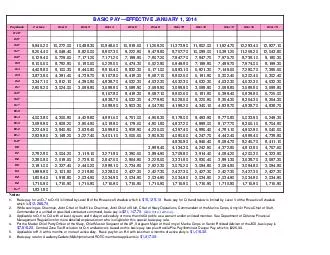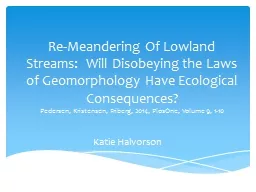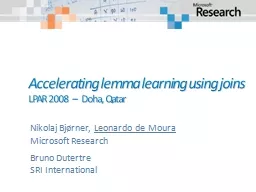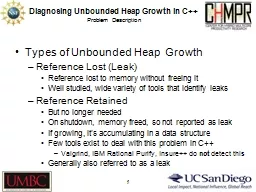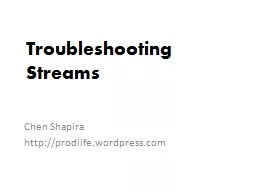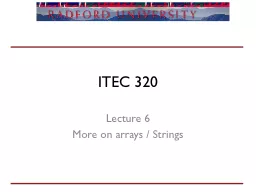PPT-Evaluating Window Joins over Unbounded Streams
Author : min-jolicoeur | Published Date : 2016-08-02
Author Jaewoo Kang Jeffrey F Naughton Stratis D Viglas University of WisconsinMadison CS Dept Presenter Yang YingChia 楊 應 甲 R01922018 CSIE National Taiwan
Presentation Embed Code
Download Presentation
Download Presentation The PPT/PDF document "Evaluating Window Joins over Unbounded S..." is the property of its rightful owner. Permission is granted to download and print the materials on this website for personal, non-commercial use only, and to display it on your personal computer provided you do not modify the materials and that you retain all copyright notices contained in the materials. By downloading content from our website, you accept the terms of this agreement.
Evaluating Window Joins over Unbounded Streams: Transcript
Download Rules Of Document
"Evaluating Window Joins over Unbounded Streams"The content belongs to its owner. You may download and print it for personal use, without modification, and keep all copyright notices. By downloading, you agree to these terms.
Related Documents


